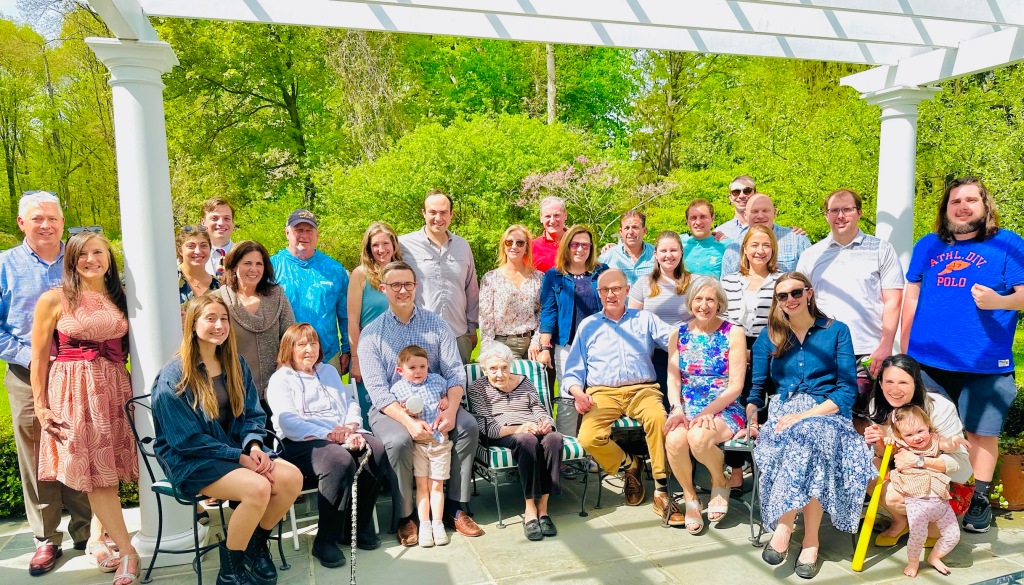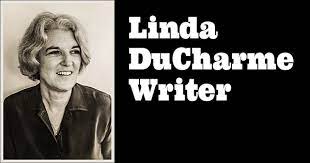
I came down with my second case of Covid 19 the same day the local paper declared the virus is no longer a problem.
I hate when that happens.
The numbers are going down, but it’s still out there, body slamming the unsuspecting. Right now I’m on Day 3, and starting to feel impatient, somewhere between feeling grateful that I can kind of breathe again and frustrated that I’m still laid up.
The thing about being so sick you’re bedridden is the need to let your mother know you’re down for the count. The reality of the situation doesn’t really hit until you know your mother knows you’re feeling punk, and whispers words of sympathy and encouragement into your clogged ear.
As in most cases in a large family, my mother learned of my illness from one of my sisters. The whole family was notified of my status via a group text usually reserved for things like potluck holiday dinner assignments, gift ideas and medical emergencies. This was important because we’d all been at an outdoor birthday party (see above) three days before I tested positive. So far, no one else is positive, so there’s a chance I’m the idiot who went to the party carrying the virus before I knew I had it.
In general, I’ve come to dread the family group text because it’s usually bad news. I learned that my mother broke her pelvis and her hip, and that my brother-in-law was gravely ill in a family group text. This is probably why I’ve come to view it skeptically and cautiously whenever it pings. My mother is not on the group text, not because we want to exclude her, but because she doesn’t know how to text. When she wants to send out a group text, she asks me or one of my sisters to convey the message.
As I expected, my mom called and left a voice mail for me on Day 2. “I heard you’re not feeling well. Give me a call when you get a chance,”
I was excited to call her back, if for no other reason than to find a sympathetic ear to outline my symptoms and the depth of my malaise. A former registered nurse, my mother was always at her best when we were sick, providing Campbell’s Chicken & Stars soup, saltines, ginger ale, Lipton tea, and when we were old enough, hot toddies. If we were really sick with, say the mumps, we would get presents like paper dolls, coloring books or Colorforms to keep us busy.
But the best part of being sick was having my mom all to myself for a few hours. One of the few drawbacks of a large brood is never having enough mom time, especially when you’re second from the top of the order. A sick day meant a day of mom’s fairly undivided attention, and I relished it.
My mother is 89 now and I’m 64, but I’m still a little kid when I’m sick. I think we’re all like this, and I imagine this is among the toughest things about losing your mom: there is no one to tell that you don’t feel well who cares the way your mom does.
Six months before she died, I sat with my mother-on-law on the sand on Martha’s Vineyard as my husband played with our kids near the water. She hadn’t been feeling well all summer, but no one could figure out what was wrong. We would learn she had ALS just six weeks before she died the following March.
“Take care of Stephen,” she said.
“Of course,” I thought. And then I realized she was worried that she wouldn’t be around to look after her first born the way mothers do. There is something utterly terrifying about the thought of getting sick when you’re a mom, mainly because you’re worried about who will care for your kids. Our community recently lost a mother who fought cancer for years, battling it in large part so she could see her two children grow up. As I heard her husband’s stirring eulogy, I understood, as did every other mother in the church.
I had no idea that it would still be important to share my health status with my mom at such an advanced age, but I’m proof that this need never really goes away, nor does your mom’s interest in hearing just how lousy you feel. Of course, even moms have their limits and my mother let me know in no uncertain terms that she had other things on her mind during our call.
“I have water in my basement. I may have a leak, so I have to go,” she said.
“How dare she?” I thought. “Right when I was getting to the part about the worst sinus congestion of my life.”
But mom redeemed herself a few hours later, giving me a call to apologize for worrying that her house could be under water. And I forgave her, because I need her sympathetic ear to get through this. I’m lucky to have her, and so is everyone else who still has their mom around.
Whether you mom is still here or in your heart, Happy Mother’s Day!













